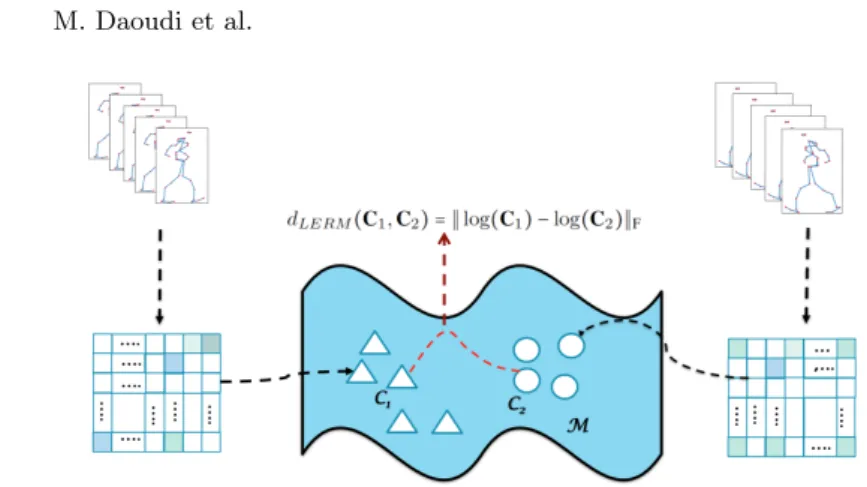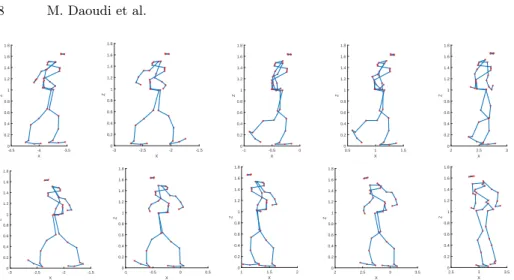Emotion Recognition by Body Movement Representation on the Manifold of Symmetric Positive Definite Matrices
Texte intégral
Figure




Documents relatifs
In this paper we prove a central limit theorem of Lindeberg-Feller type on the space Pn- It generalizes a theorem obtained by Faraut ([!]) for n = 2. To state and prove this theorem
Keats’s Isabella contains many references to working bodies, and this paper will examine how the labouring body is represented based on both the class of the labourer and the
Before going on with the description of the main features of this paper, we will need some further notations. Therefore, Choquet Theory applies and every positive positive
We expected that anticipation of tennis shot direction would be made possible when simulations contained dynamic differences in shot direction (Huys et al., 2008),
In this study, we test the hypothesis that patients with HD may be impaired in their recognition of positive as well as negative emotional signals, by
(i) a slider to input the number of slices so that each section will have the same x range (ii) a slider to input the number of slices so that each section will have the same
First partial qualification = (Test examscore TA1 + TH1) x 0.75 + (Practical exam score PA1) x 0.25 Second partial qualification = (Test exam score TA2+TH2) x 0.75 + (Practical
In this project, it was measured as degrees per second of rota- tion relative to the global reference system (relative to the room). It was the primary metric under evaluation in